Life hacks are everywhere, promising streamlined solutions to everyday problems. But often, the stark reality falls far short.
From freezing jeans to boost their cleanliness to concocting homemade household cleaners, trendy hacks frequently require more effort than traditional methods. Though captivating, these innovative solutions often disappoint, yet we can’t stop trying new ones.
To save you time and effort, we reveal the hacks that just aren’t all they’re cracked up to be.
Frozen Jeans

Freezing your jeans to kill bacteria sounds innovative until you try it. You must wait 24 hours to use them again, and they don’t even come out clean. This method, while cool, may just leave you cold in more ways than one.
Dryer Sheets
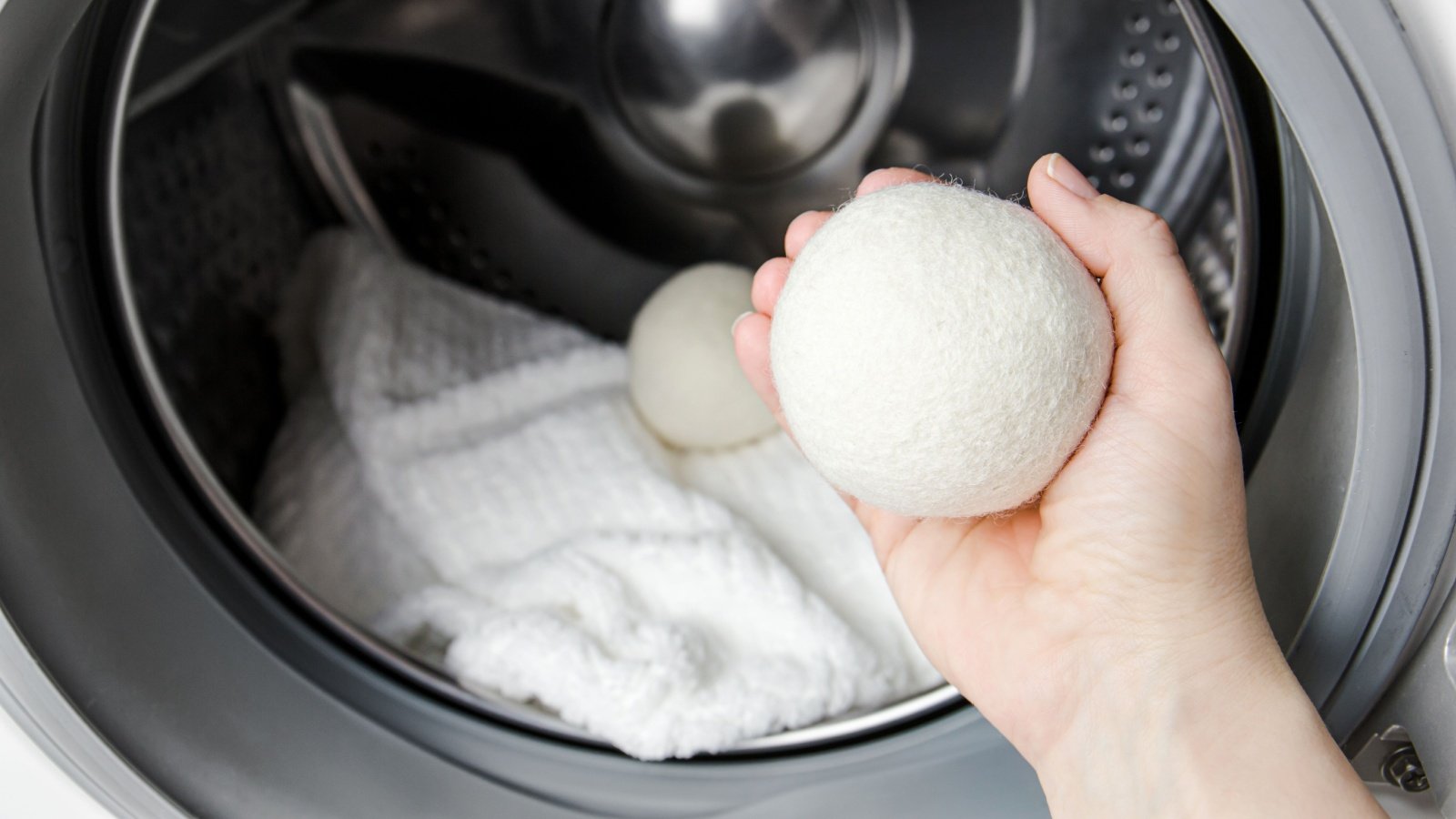
Homemade dryer sheets involve essential oils and coffee filters or old fabric. The preparation takes considerable time, and results vary widely. Store-bought sheets might just save you time and guarantee a static-free outcome.
Manual Espresso

Making espresso without a machine involves a stovetop brewer and fine-tuned skills. The process is intricate, requiring constant attention to achieve the right temperature and pressure. For many, the convenience of an espresso machine is unbeatable.
Battery Boost
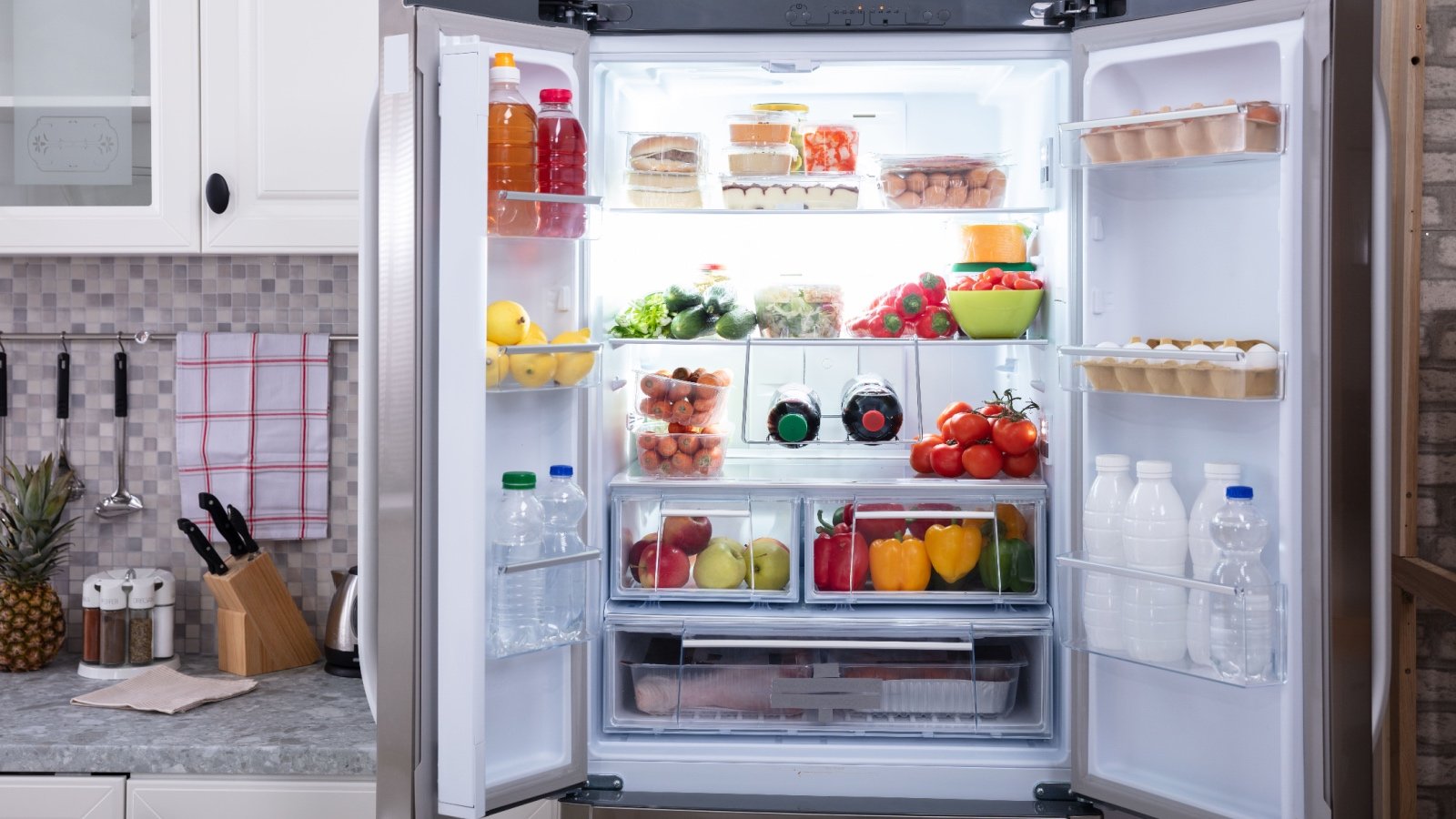
Storing batteries in the freezer is supposed to extend their life. This hack is not only ineffective but can also reduce battery performance and lifespan due to condensation. It’s safer and more efficient to store batteries at room temperature.
Avocado Ripening

Ripening an avocado in the oven can lead to uneven texture and an odd taste. While it speeds up the ripening, it alters the fruit’s natural flavor profile. Patience and natural ripening yield the best creamy texture and taste.
T-Shirt Folding

The viral t-shirt folding hack promises a neatly folded shirt in seconds. Mastering the technique, however, often takes several frustrating attempts. A standard fold is usually quicker once all is said and done.
Peanut Butter
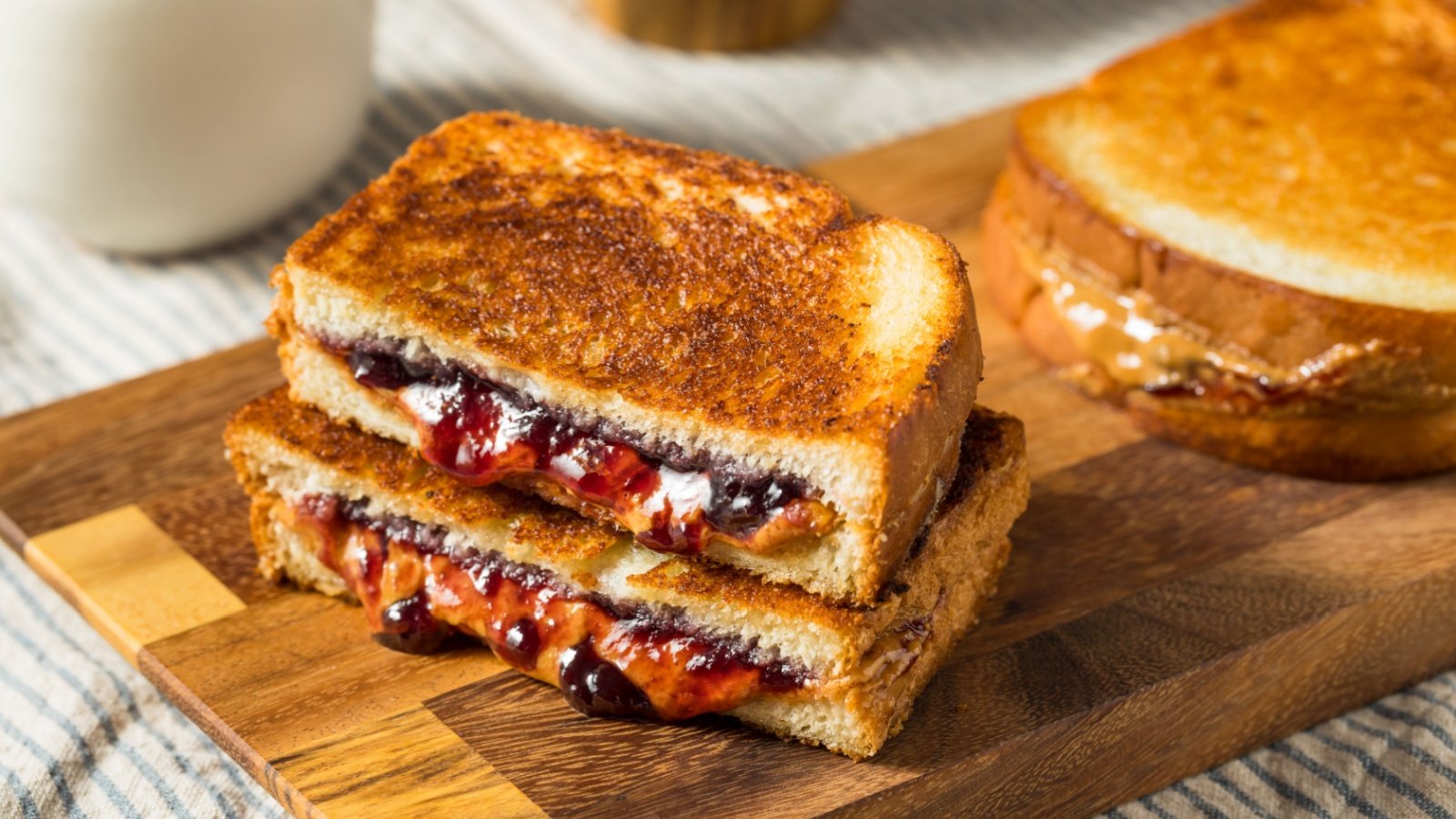
Making your own peanut butter requires roasting, peeling, and grinding. The time invested and the cleanup afterward often outweigh the convenience of just buying a jar. Plus, achieving that perfectly smooth consistency can be elusive.
Shoe Stretching
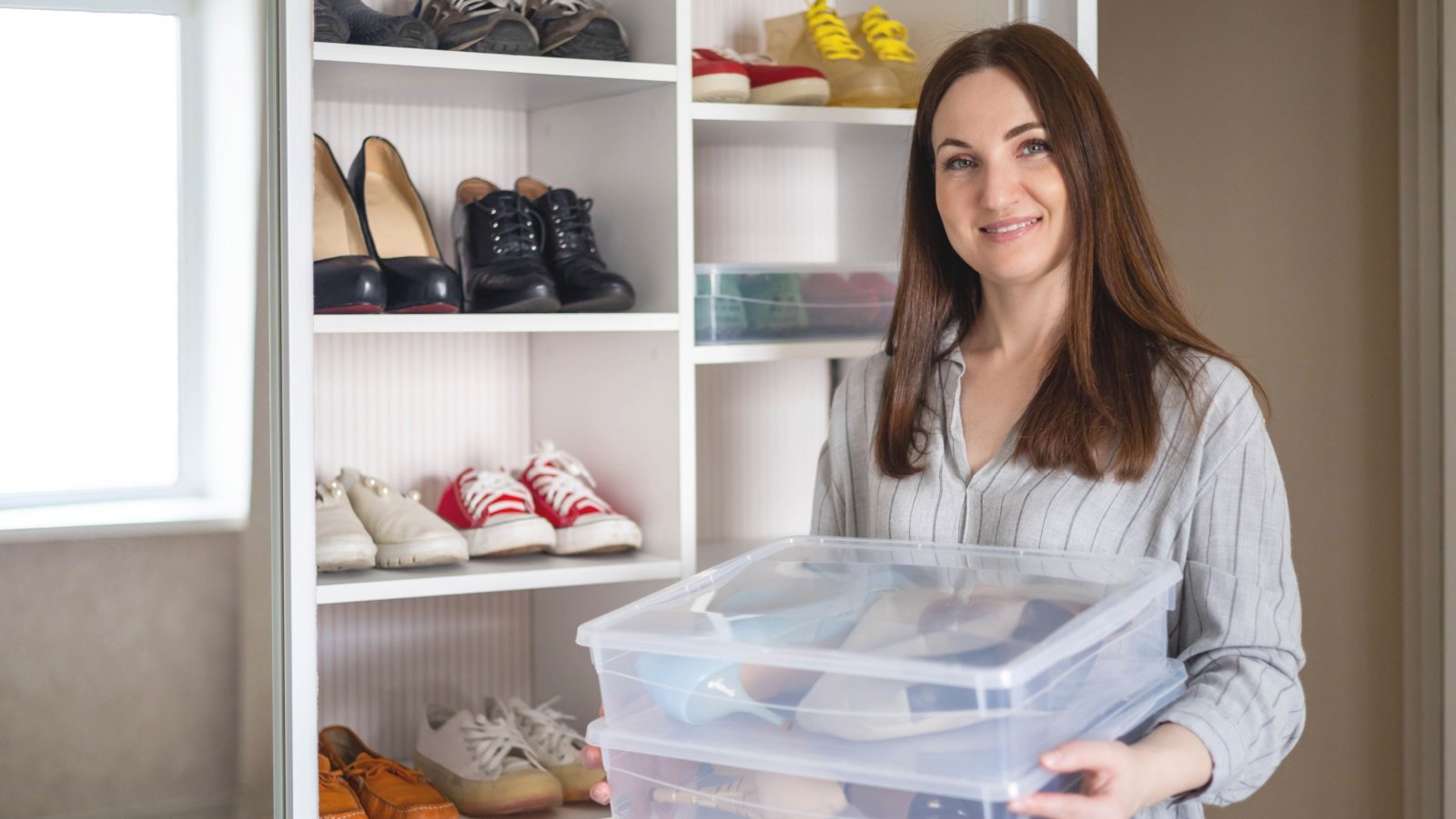
Freezing shoes with water-filled bags inside aims to stretch them slightly. This method can unevenly stretch the shoes or even damage them if the water leaks. Professional stretching or wearing them in gradually usually works better.
Yogurt Maker
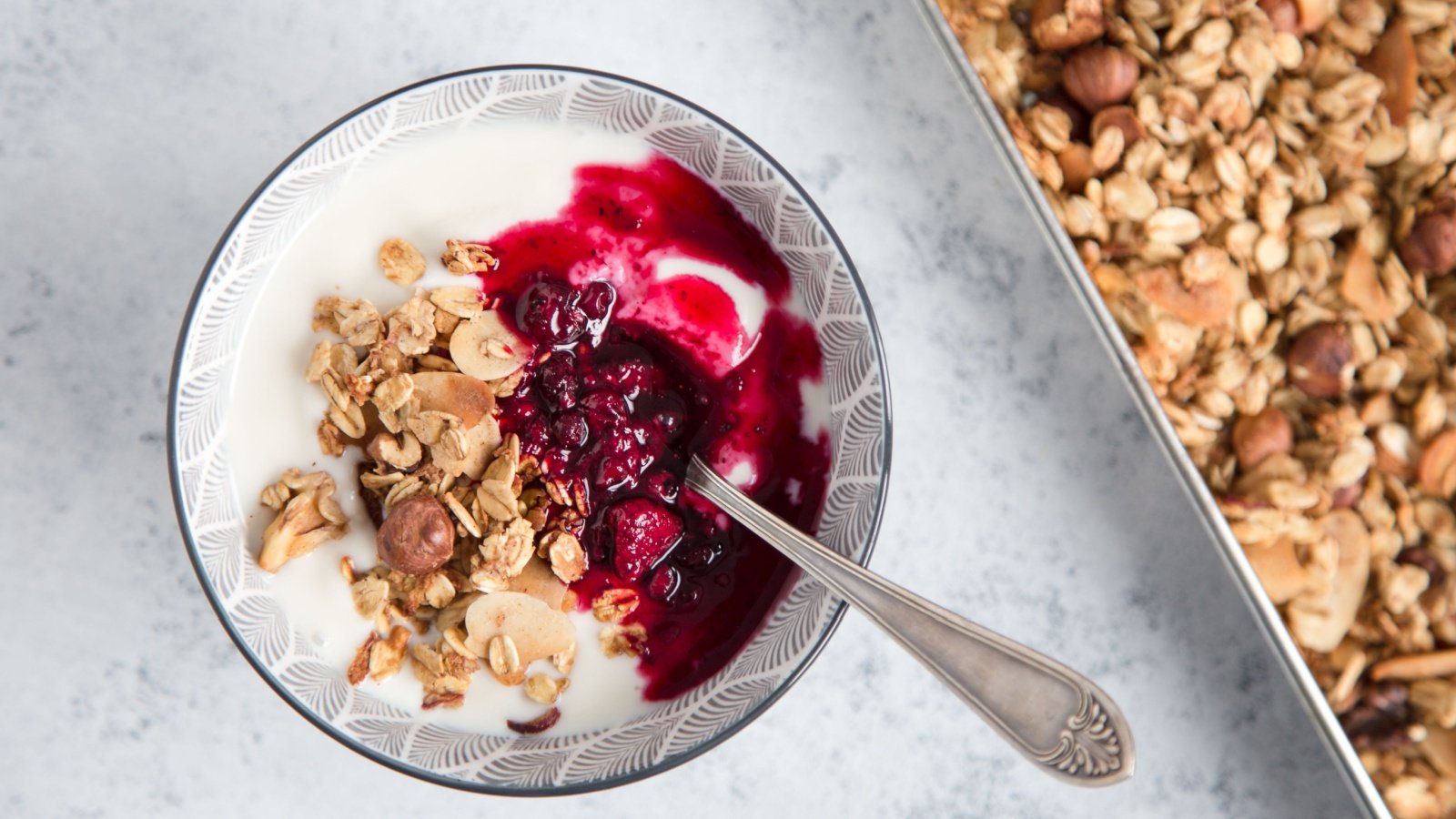
Creating yogurt at home involves precise temperature control and hours of fermentation. While rewarding, the process is time-consuming compared to buying pre-made. Additionally, maintaining the correct environment for cultures can be finicky.
Jewelry Cleaner

Using toothpaste to clean jewelry seems like a quick fix. However, its abrasive nature can actually harm soft metals and gemstones. Professional cleaning solutions are specifically designed to be gentle yet effective.
Herb Cubes
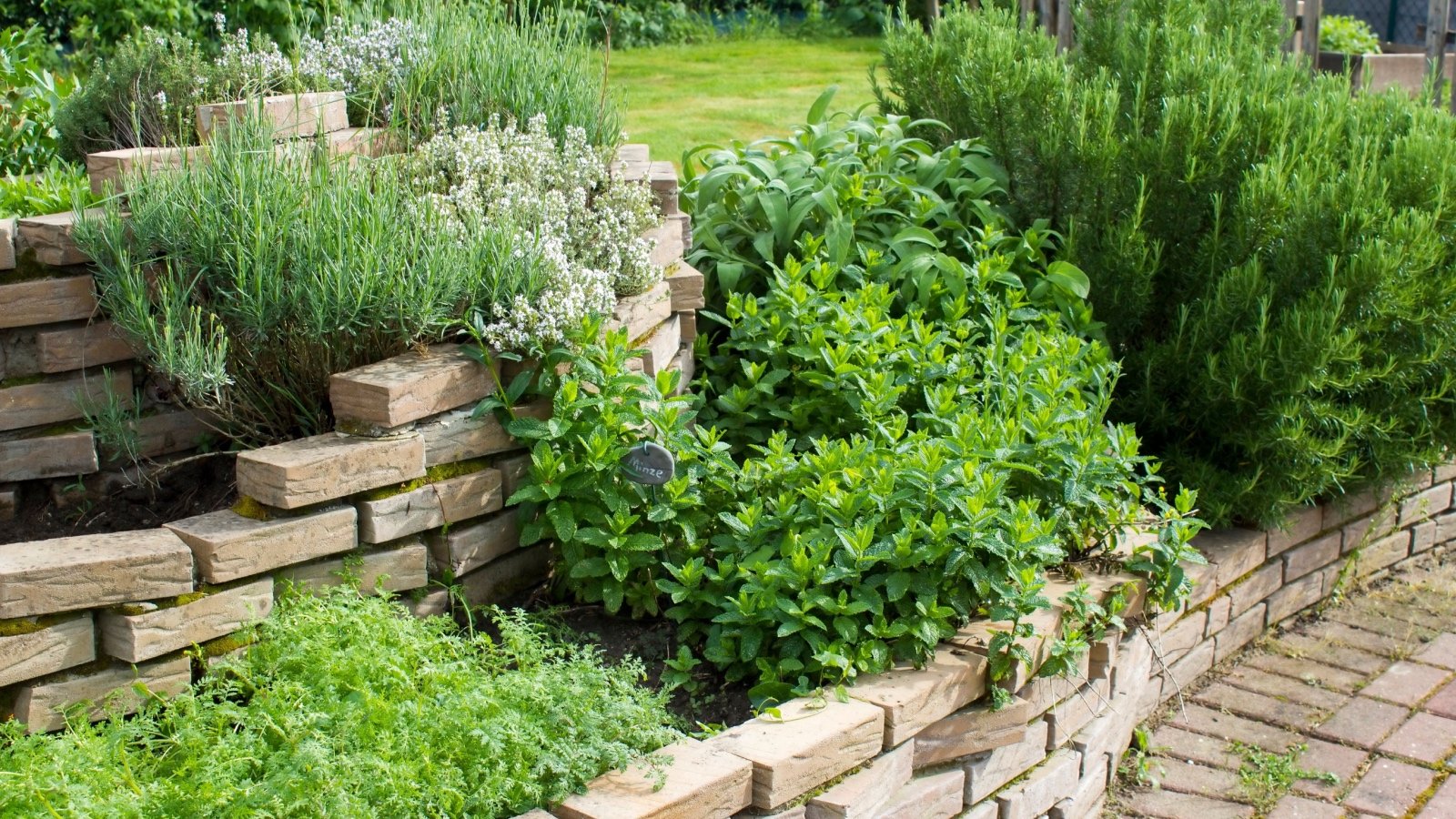
Freezing herbs in oil or water is touted as a way to preserve them. Thawing these cubes without losing flavor or texture proves challenging. It’s often more effective to use fresh herbs or dry them.
Air Freshener

Crafting air fresheners from baking soda and essential oils is a common hack. Getting the scent strength just right can be tricky, and the effect doesn’t last long. Commercial air fresheners are engineered for prolonged use and consistent scent dispersal.
Shoe Shine
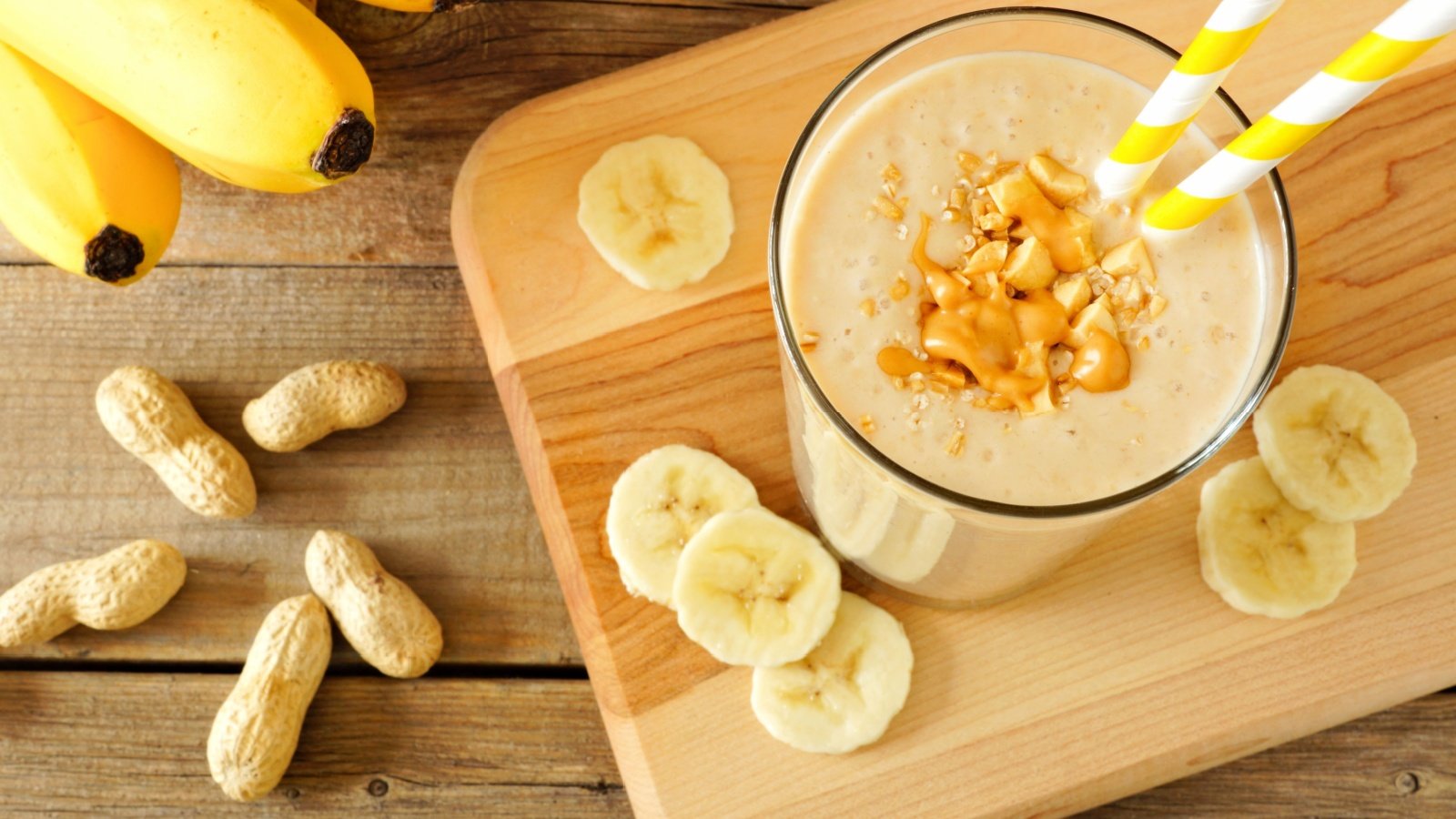
Shining shoes with the inside of a banana peel is an eco-friendly suggestion. The results can be inconsistent, and the residue attracts dirt. Traditional shoe polish not only shines but also protects the leather.
Silica Gel

Using silica gel packs to combat moisture in small spaces is a clever reuse. However, their absorption capacity is limited, and they require frequent oven drying to be effective again. Dehumidifiers or moisture absorbers designed for larger areas are more efficient.
Coffee Creamers
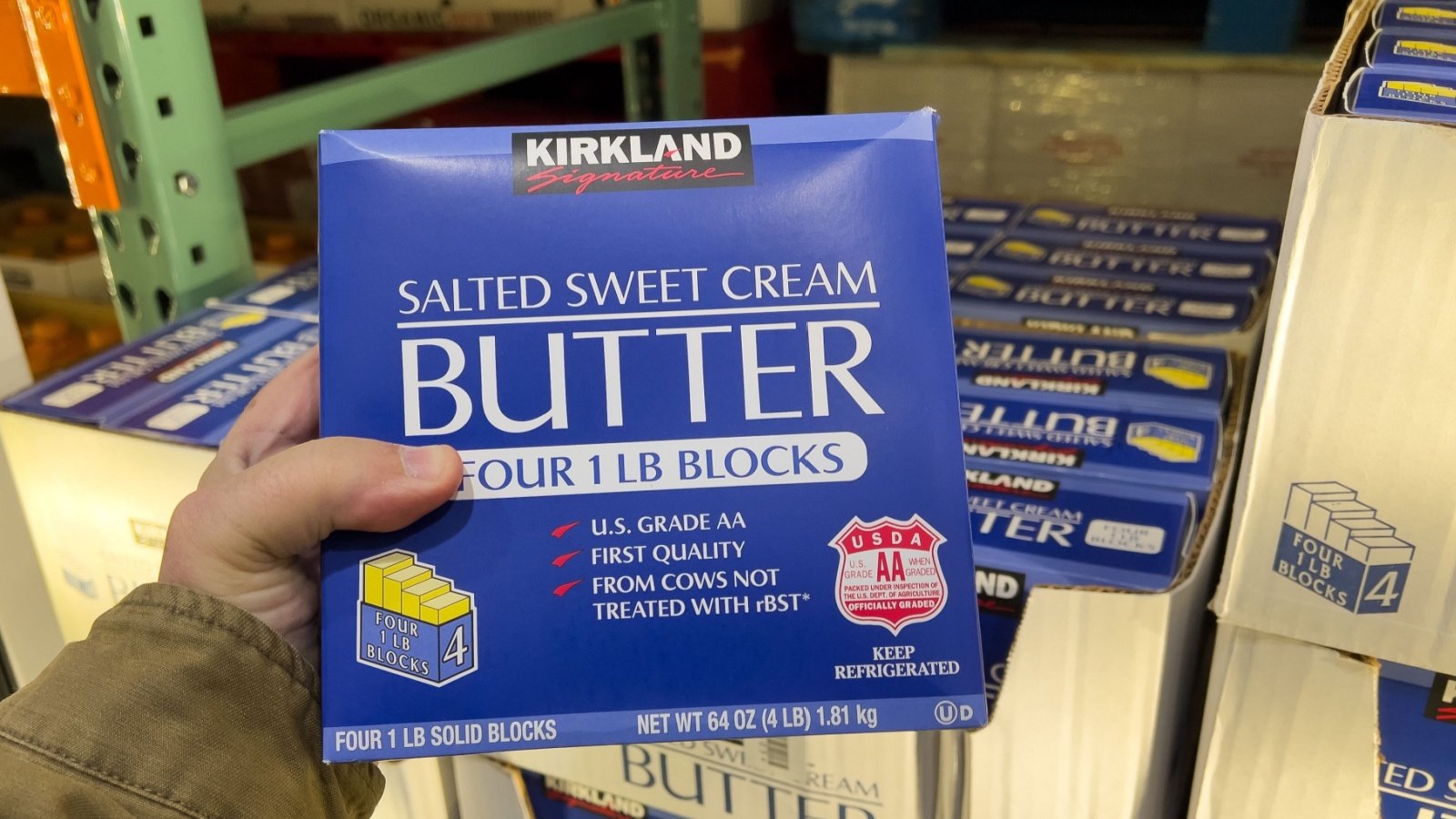
Using coconut oil or butter in coffee as a creamer alternative requires an acquired taste. It also changes the texture of the coffee, making it oilier than many prefer. Traditional creamers provide the smooth texture and flavor most coffee lovers seek.
Garlic Peeling
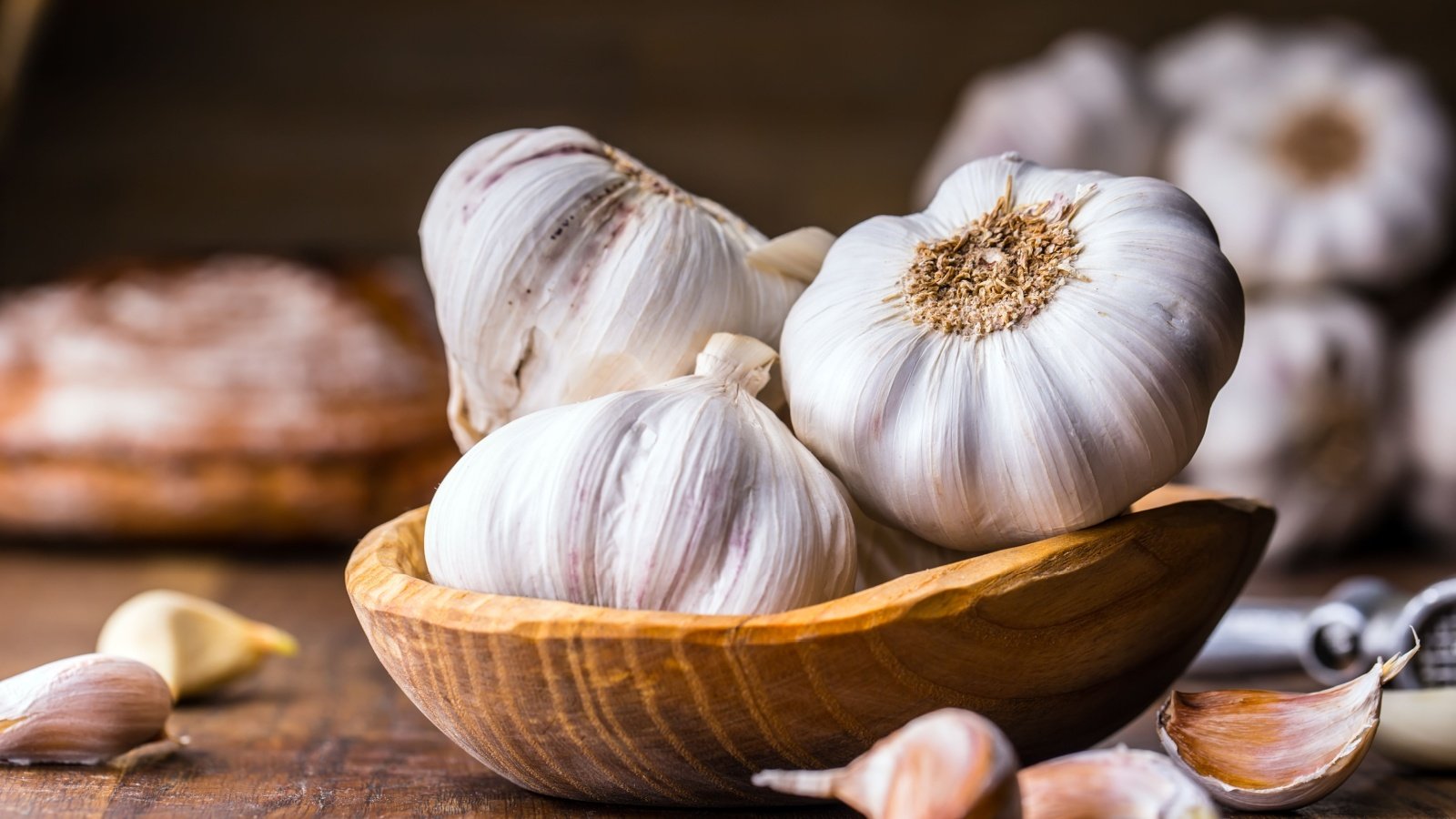
Shaking garlic in two metal bowls to peel them is loud and not always effective. It can take longer than simply peeling them by hand, especially for larger quantities. Sometimes, traditional methods just can’t be beaten for simplicity and efficiency.
DIY Cleaner

Mixing your own cleaners from vinegar, baking soda, and lemon sounds safe and natural. This concoction often fails to clean as effectively as commercial products, especially on tougher grime.
Garden Growth
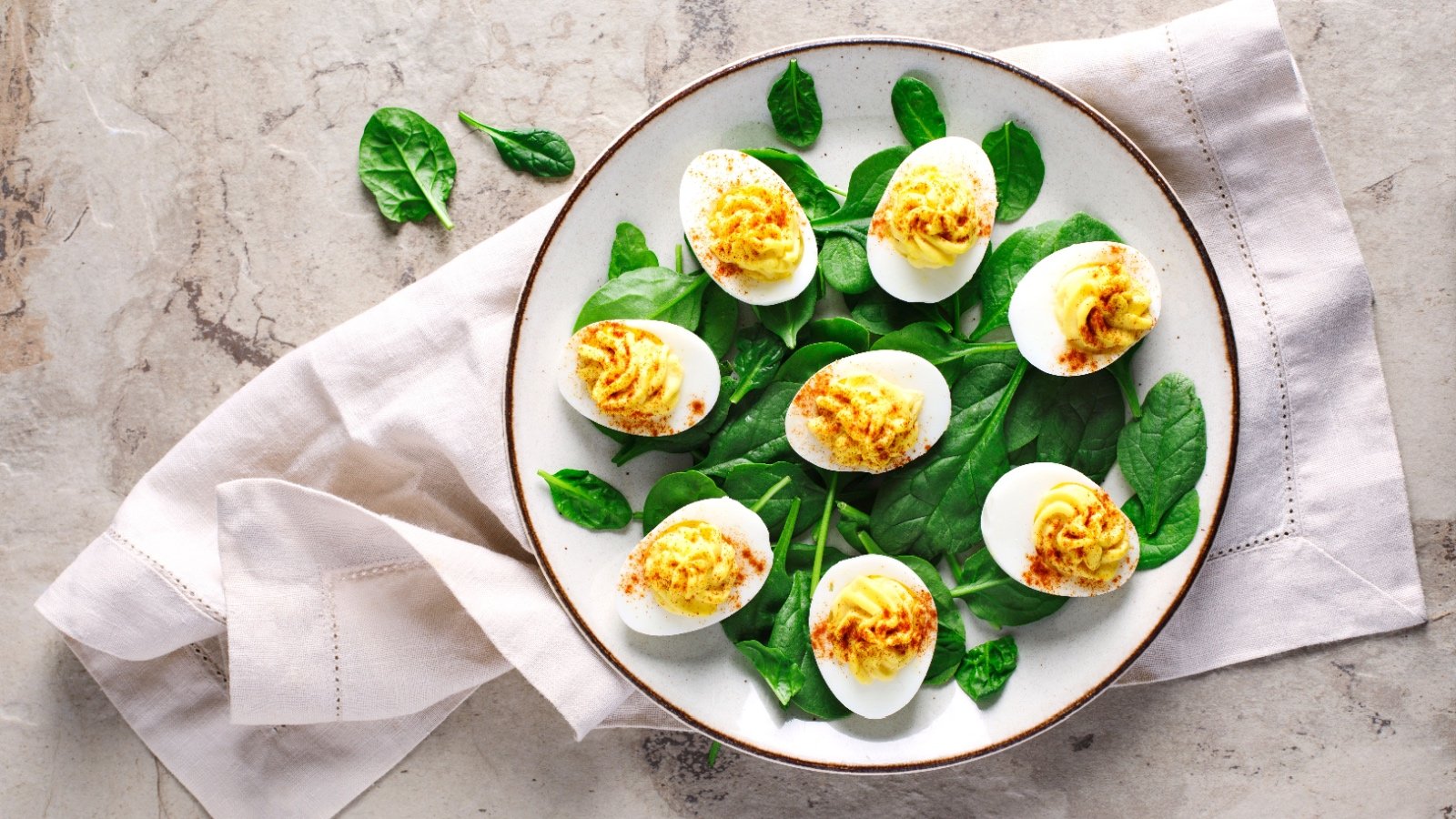
Using eggshells as seed starters is a popular natural and eco-friendly hack for your backyard garden. Sometimes, a simple biodegradable pot is far less troublesome than an oh-so-fragile eggshell.
Microwave Cleaning

Using a lemon and vinegar solution in your microwave to steam-clean it seems quick and easy. However, it often requires multiple rounds to soften up grime effectively. Plus, the lingering smell of vinegar might just overpower the fresh lemon scent you were aiming for.
Washing Dishes

Dishwashers are touted as energy guzzlers, but hand washing often uses more water. The effort to scrub and rinse each dish individually adds up in time and water usage. Dishwashers can actually be more environmentally and economically efficient.








